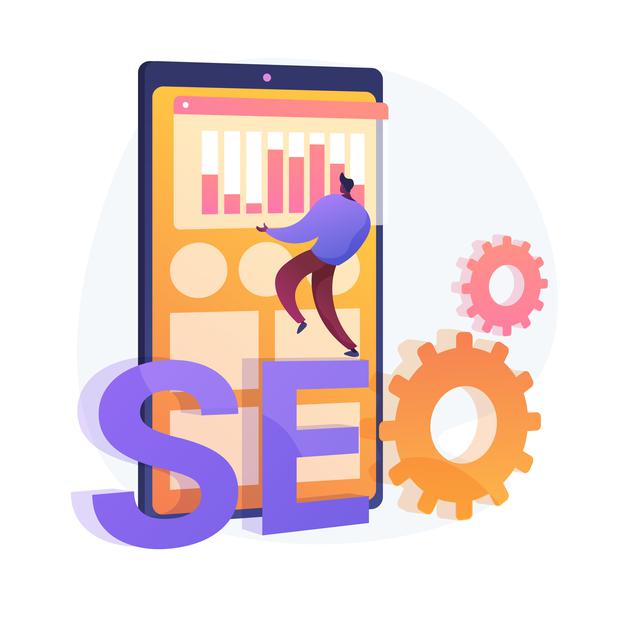How to Create an SEO Power Page that Will Boost Your Search Engine Rankings
As business owners and marketers continuously strive to improve their websites’ positions in search engine results, a common strategy is to publish frequent blog posts, which tend to be between 300 and 1,000 words and typically only contain surface-level information on a topic. While there’s no denying that having frequent posts and a large quantity of content on your site is helpful for search engine optimization (SEO) efforts, the quality of the content is important as well. Unfortunately, many brands spend a great deal of time and effort producing pages and pages of content without sufficient regard to quality, how the content will serve their target audience, or how it advances their overall marketing strategy. This can lead to frustration when brands realize that despite their efforts, the content they produce is not yielding the desired results in terms of SEO.






